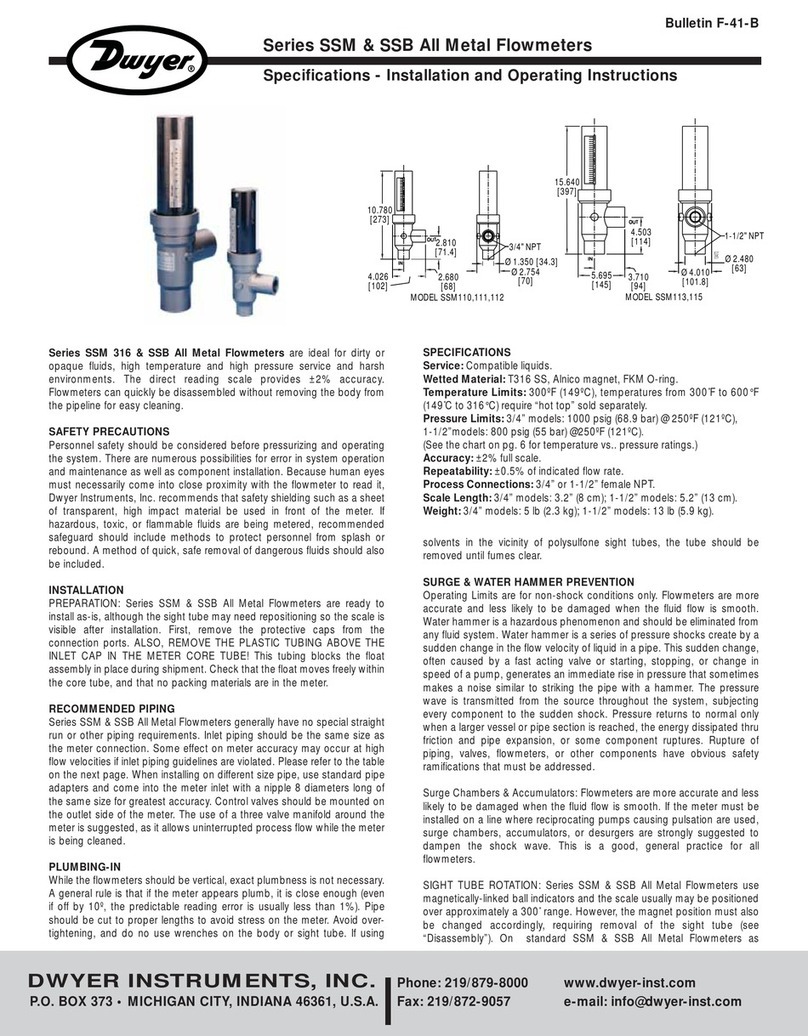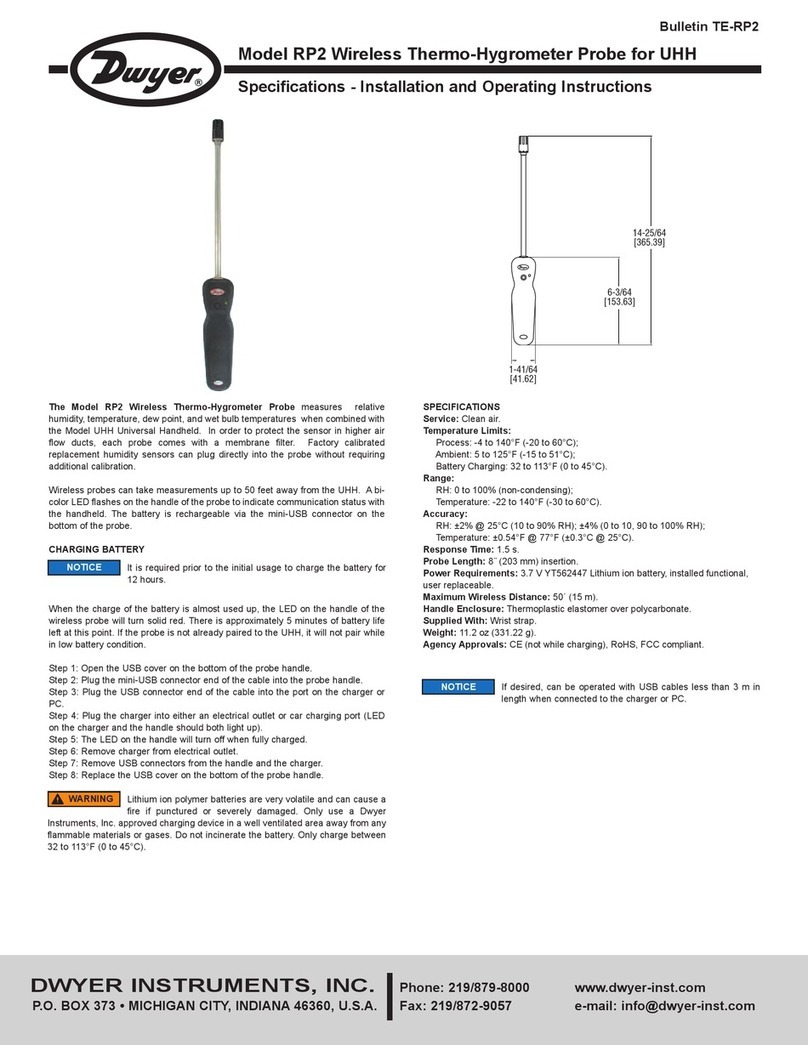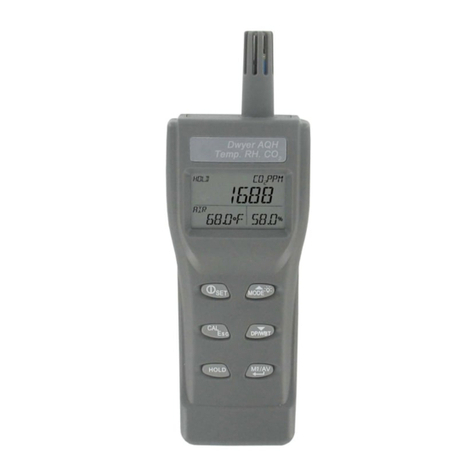Dwyer Instruments Capsuhelic 4000-0 User manual
Other Dwyer Instruments Measuring Instrument manuals
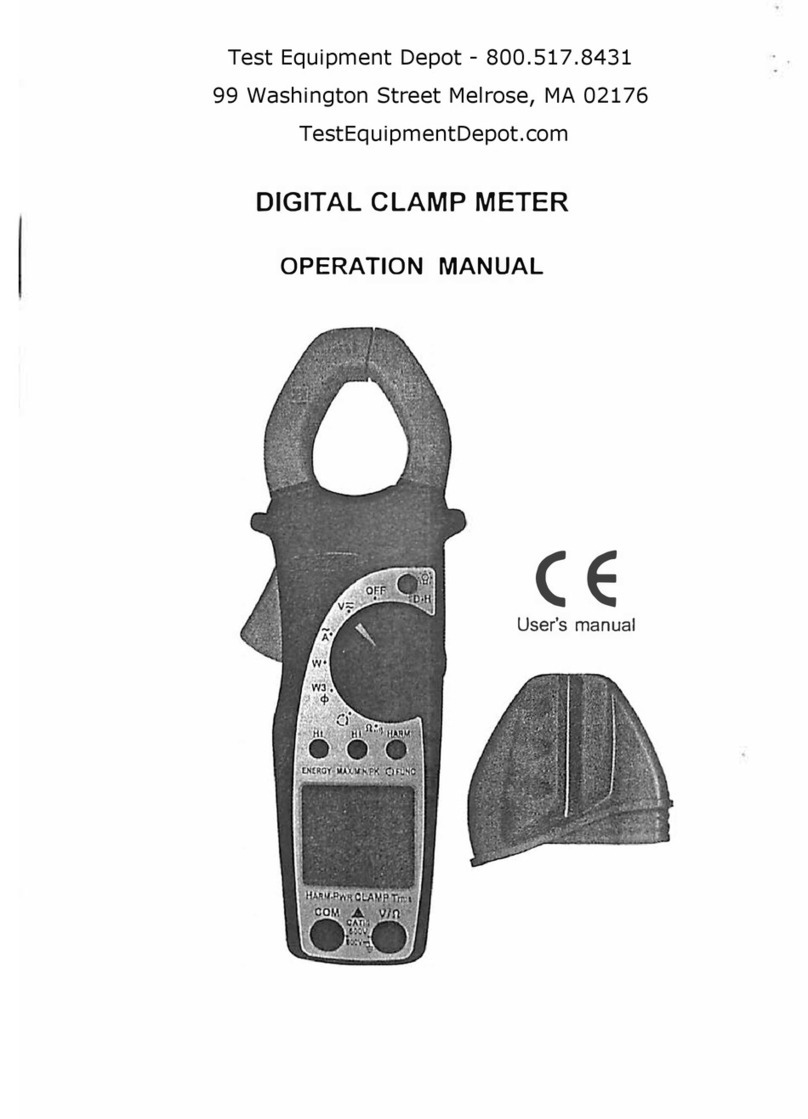
Dwyer Instruments
Dwyer Instruments CM-3 User manual

Dwyer Instruments
Dwyer Instruments DPGA series Installation and operating instructions
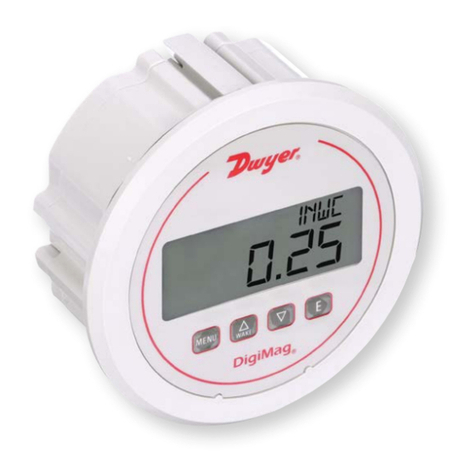
Dwyer Instruments
Dwyer Instruments DigiMag DM-1200 Series Installation and operating instructions
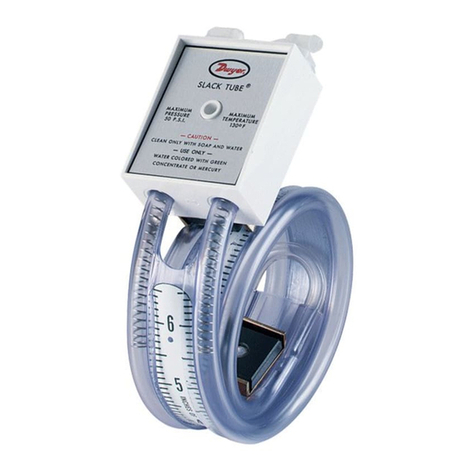
Dwyer Instruments
Dwyer Instruments Slack Tube 1211-8 Operation and maintenance manual

Dwyer Instruments
Dwyer Instruments WT2-10 Installation and operating instructions
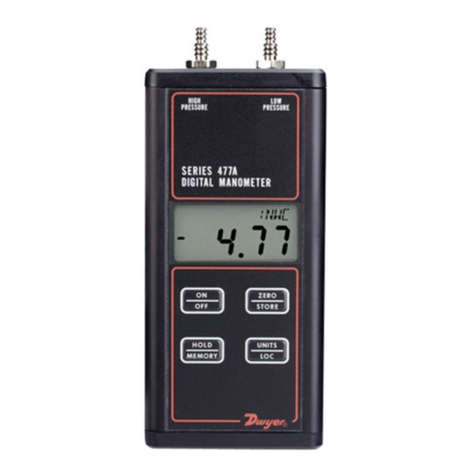
Dwyer Instruments
Dwyer Instruments 477A-1 User manual
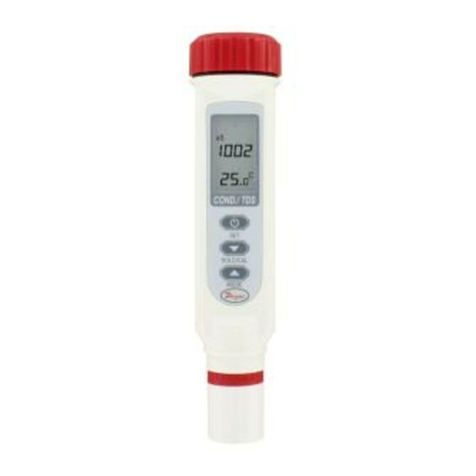
Dwyer Instruments
Dwyer Instruments TDS2-10 User manual
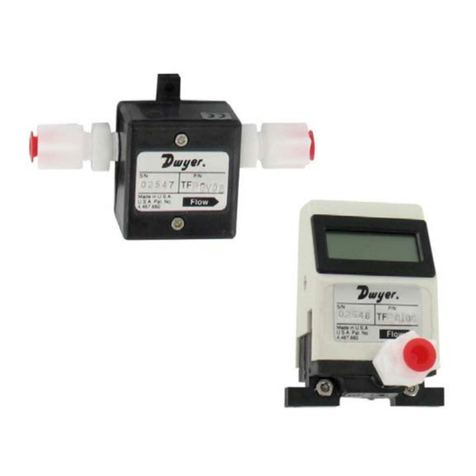
Dwyer Instruments
Dwyer Instruments TFP-GI Series Technical Document
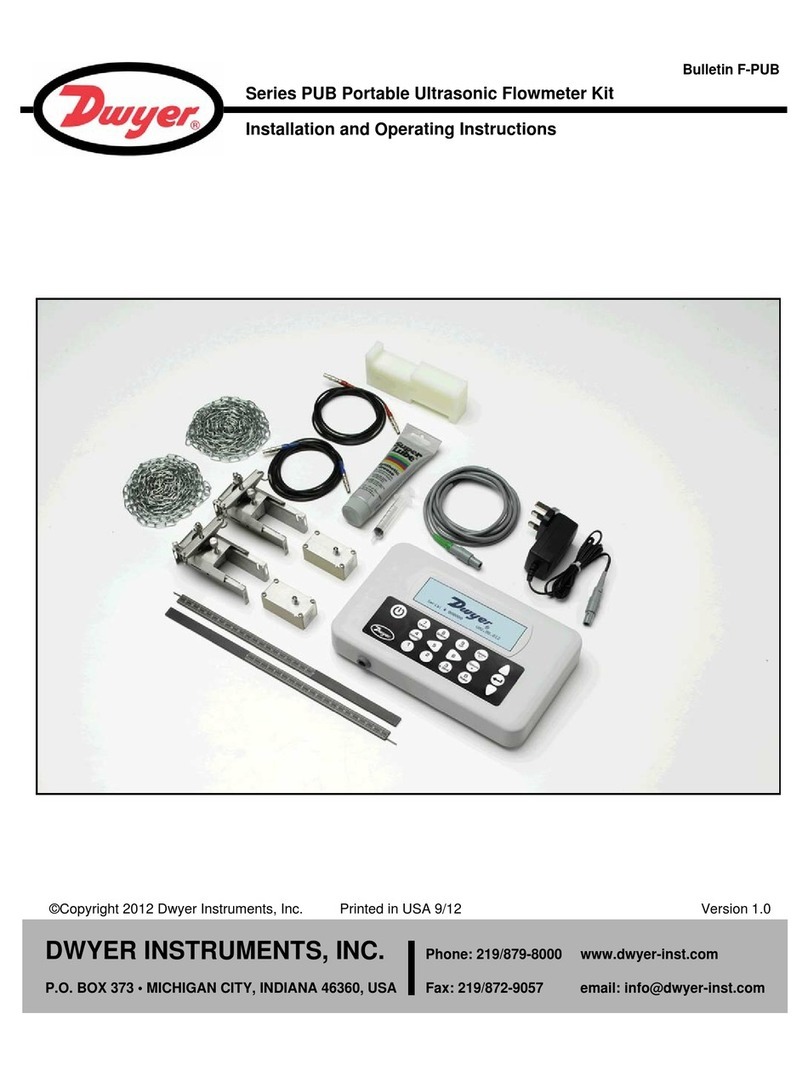
Dwyer Instruments
Dwyer Instruments PUB Series User manual
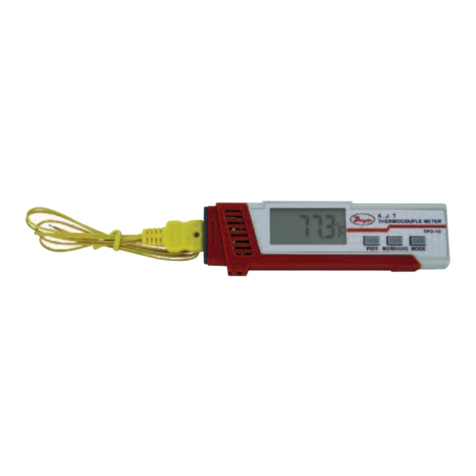
Dwyer Instruments
Dwyer Instruments TP2-10 Installation and operating instructions
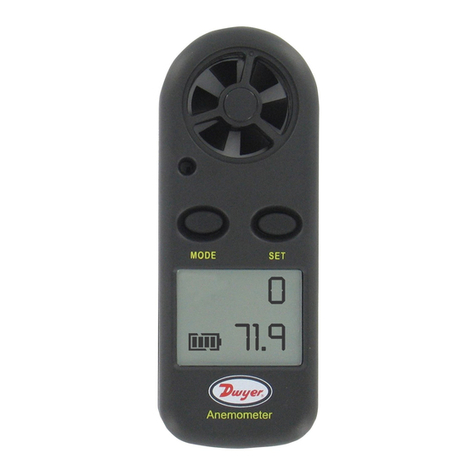
Dwyer Instruments
Dwyer Instruments MW-1 User manual
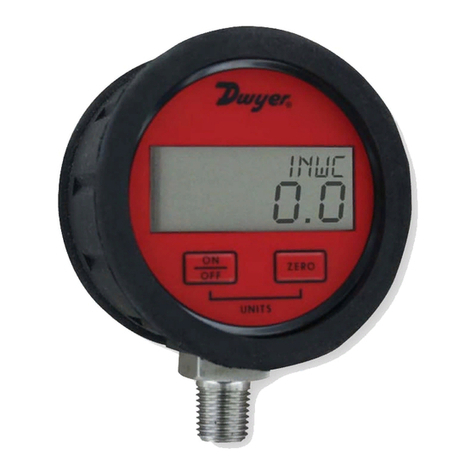
Dwyer Instruments
Dwyer Instruments DPGAB Series Installation and operating instructions
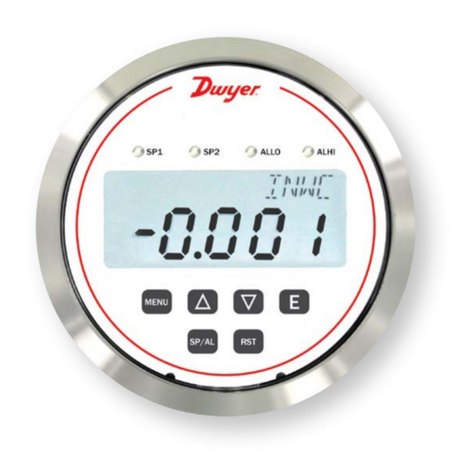
Dwyer Instruments
Dwyer Instruments RPME Series Installation and operating instructions
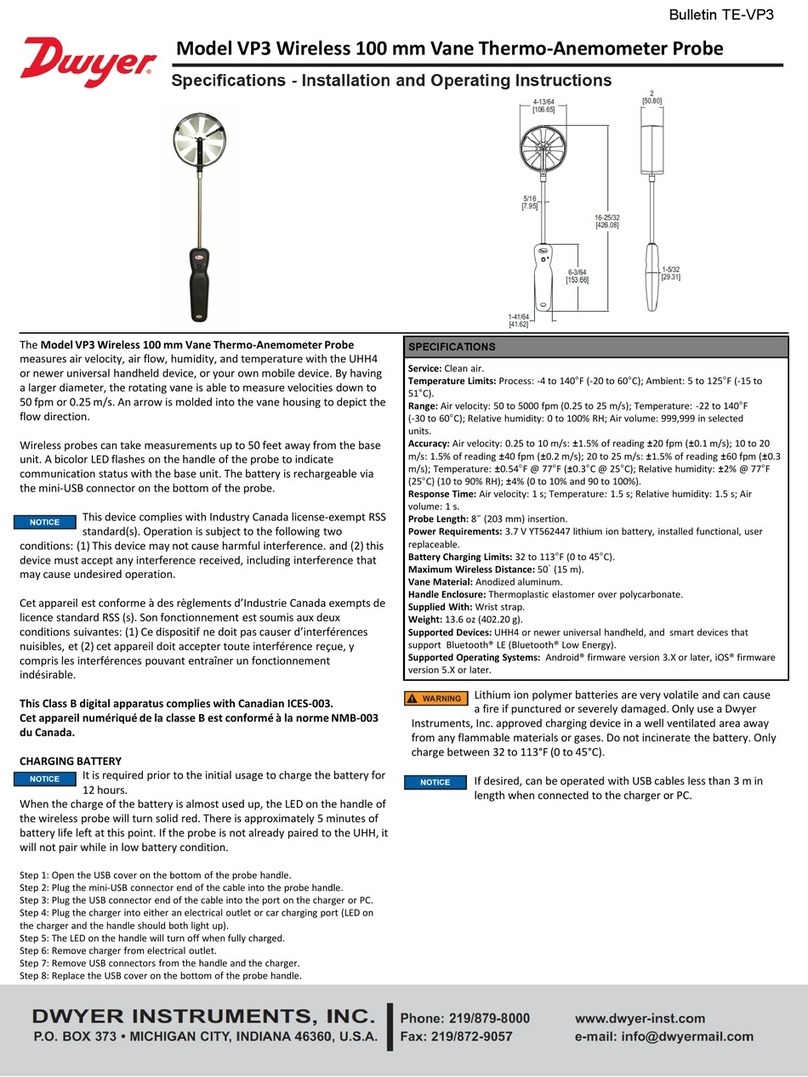
Dwyer Instruments
Dwyer Instruments VP3 User manual
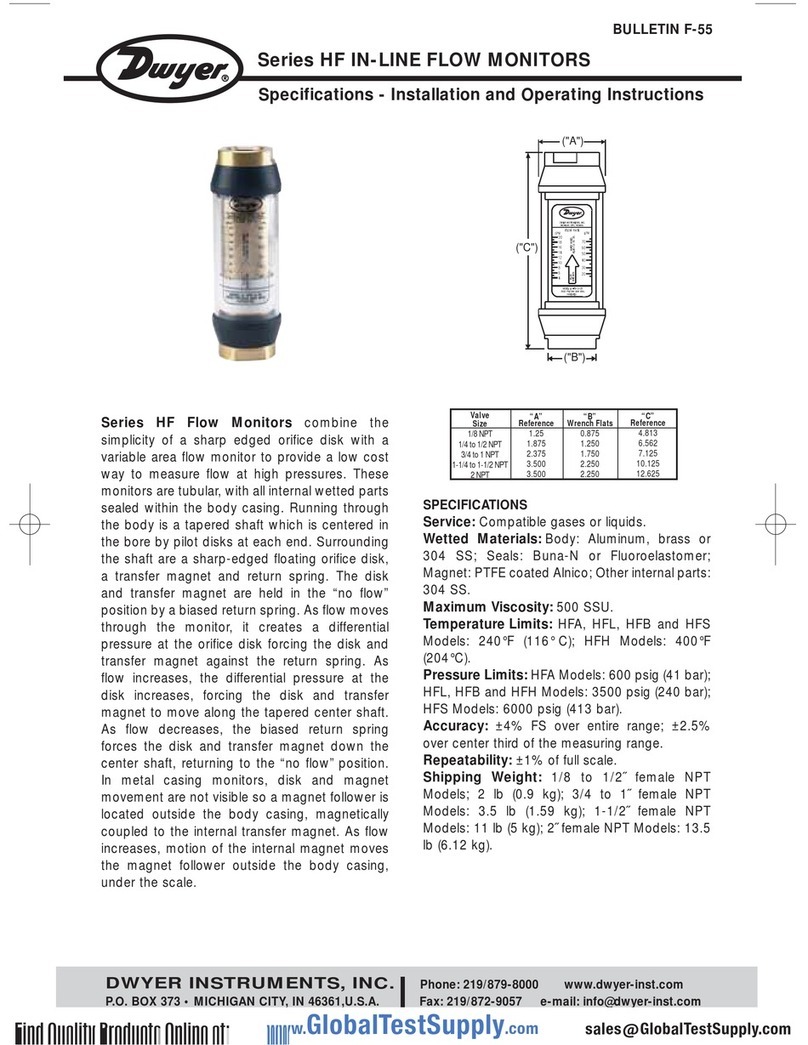
Dwyer Instruments
Dwyer Instruments HF series Installation and operating instructions
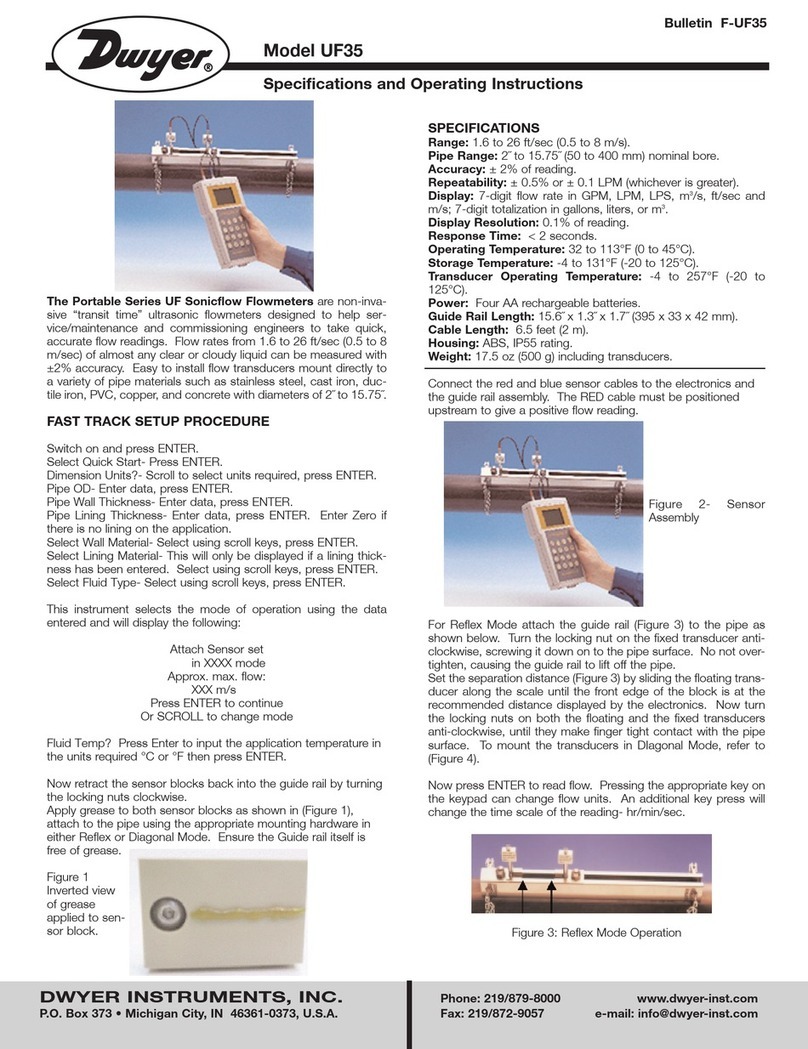
Dwyer Instruments
Dwyer Instruments UF35 User manual
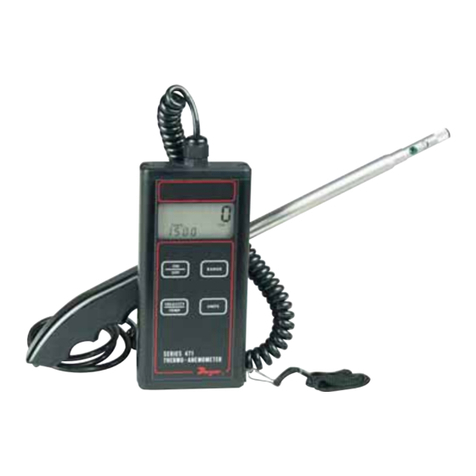
Dwyer Instruments
Dwyer Instruments 471-2 User manual
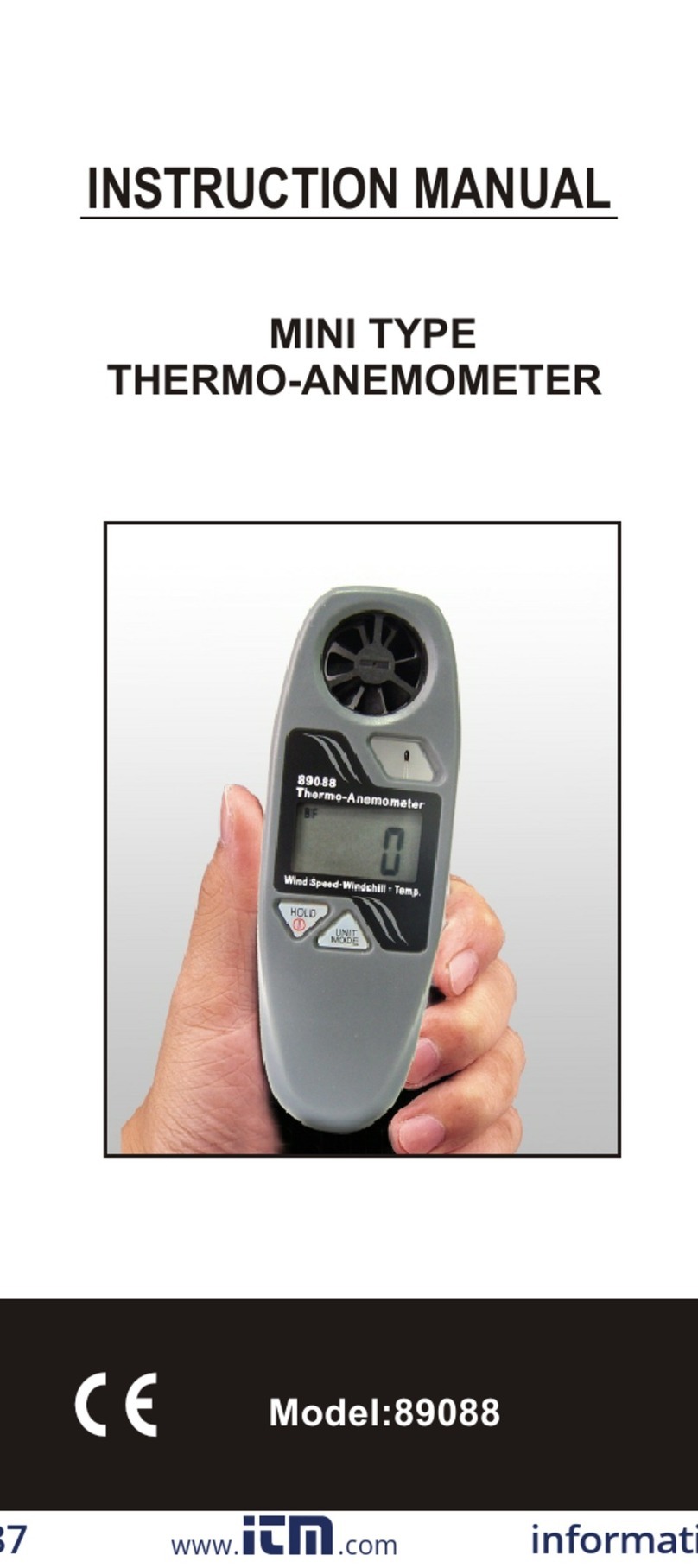
Dwyer Instruments
Dwyer Instruments 89088 User manual
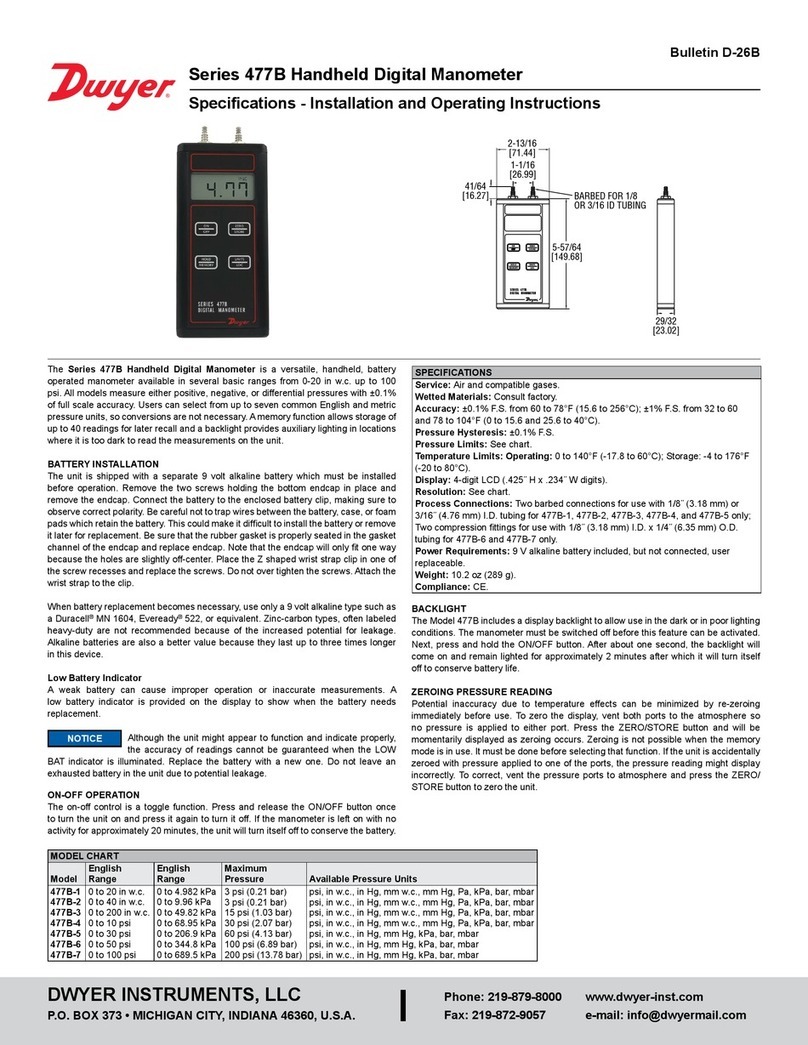
Dwyer Instruments
Dwyer Instruments 477B Series User manual
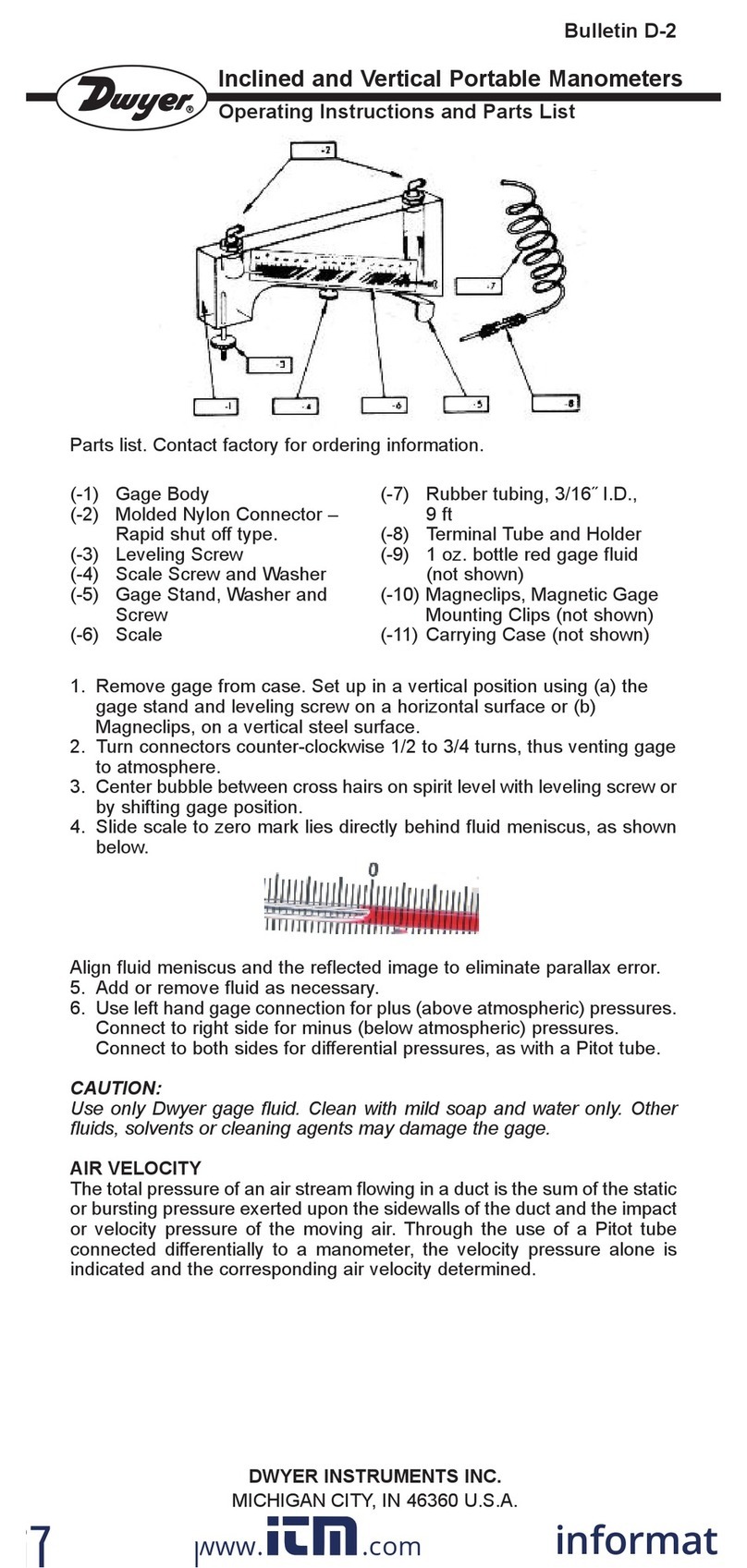
Dwyer Instruments
Dwyer Instruments 102-AV Use and care manual
Popular Measuring Instrument manuals by other brands

Powerfix Profi
Powerfix Profi 278296 Operation and safety notes

Test Equipment Depot
Test Equipment Depot GVT-427B user manual

Fieldpiece
Fieldpiece ACH Operator's manual

FLYSURFER
FLYSURFER VIRON3 user manual

GMW
GMW TG uni 1 operating manual

Downeaster
Downeaster Wind & Weather Medallion Series instruction manual

Hanna Instruments
Hanna Instruments HI96725C instruction manual

Nokeval
Nokeval KMR260 quick guide

HOKUYO AUTOMATIC
HOKUYO AUTOMATIC UBG-05LN instruction manual

Fluke
Fluke 96000 Series Operator's manual

Test Products International
Test Products International SP565 user manual

General Sleep
General Sleep Zmachine Insight+ DT-200 Service manual
